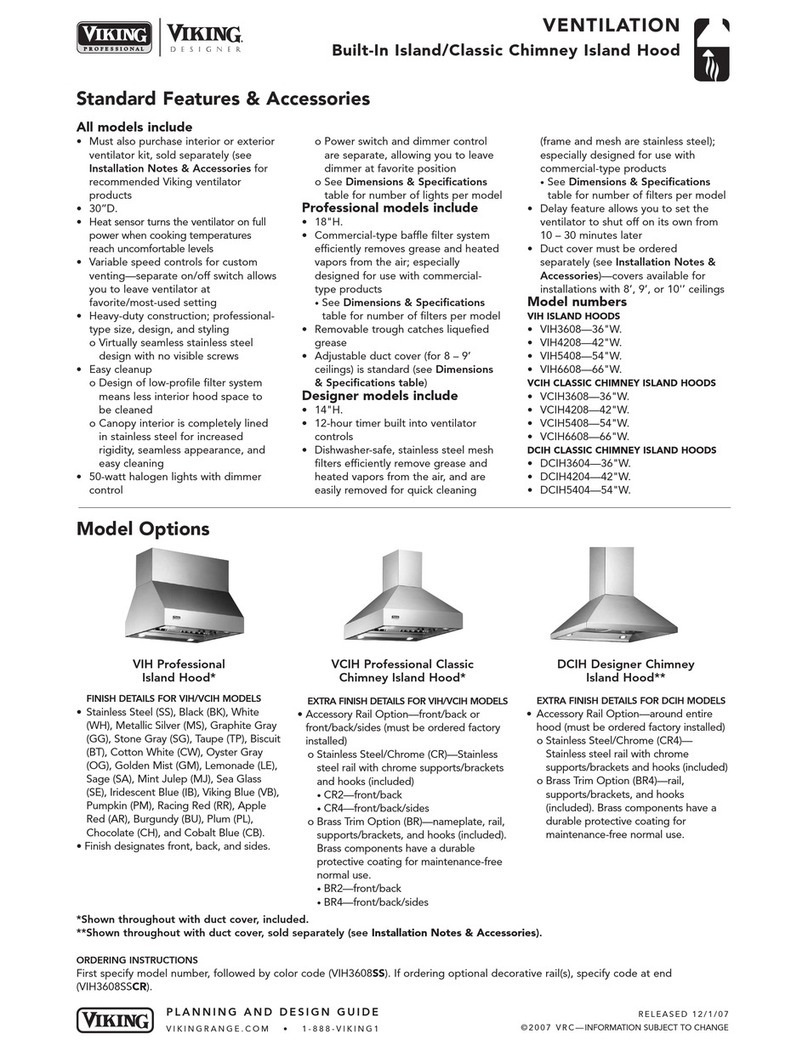Viking Designer Series User manual
















Other manuals for Designer Series
5
This manual suits for next models
6
Other Viking Ventilation Hood manuals
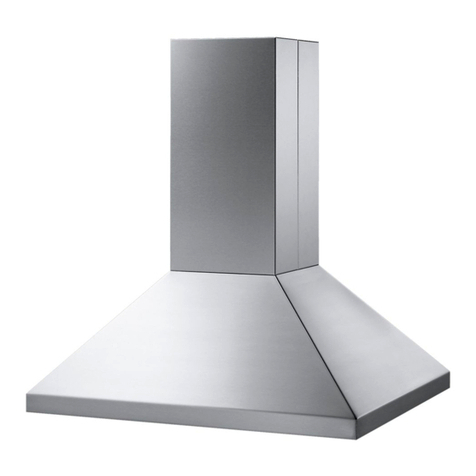
Viking
Viking DCIH3604 User manual

Viking
Viking VIPR101 User manual

Viking
Viking VWH30481SS User manual
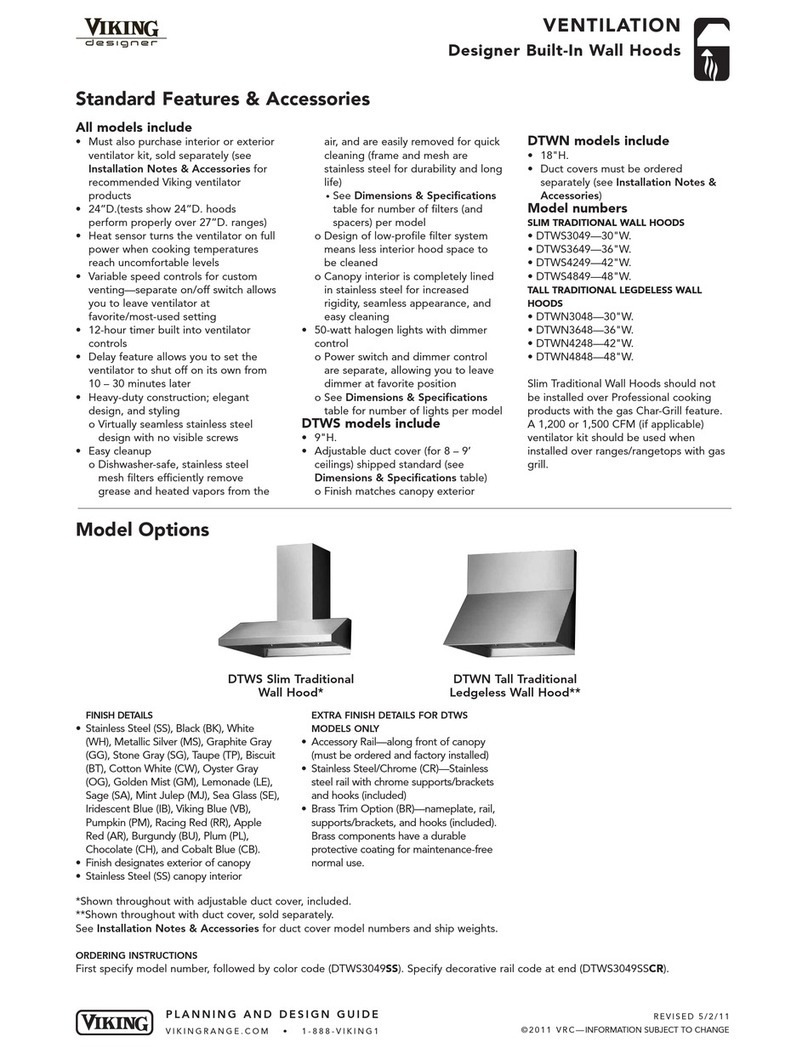
Viking
Viking DTWN3048SS User manual

Viking
Viking DCWH3042SS User manual
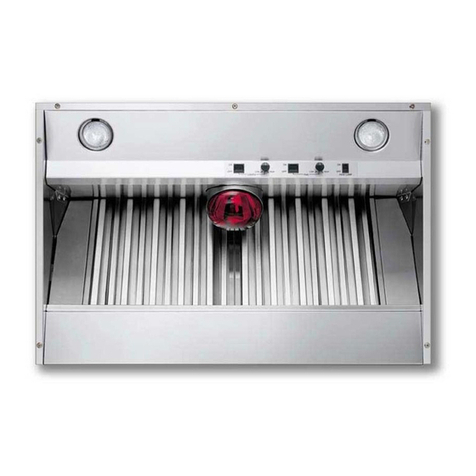
Viking
Viking VBCV4238 User manual

Viking
Viking VBCV36381 User manual

Viking
Viking VIPR182R User manual
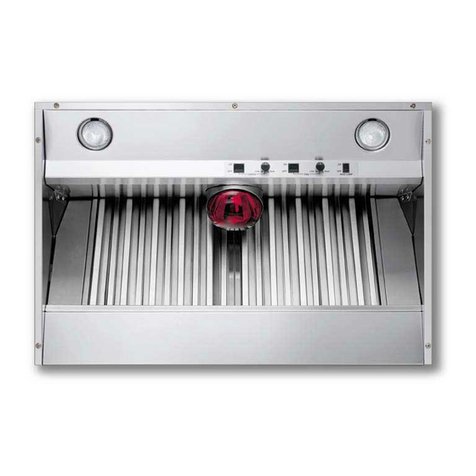
Viking
Viking VBCV3038 User manual
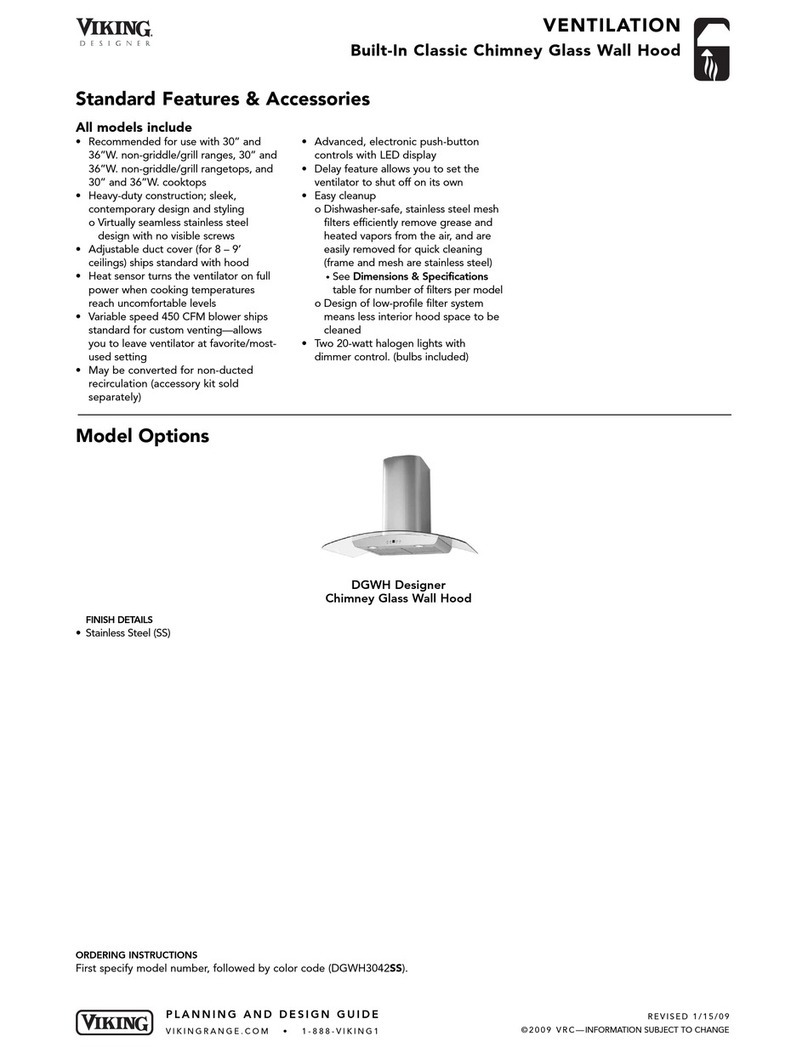
Viking
Viking DGWH User manual

Viking
Viking DIV1200 User manual
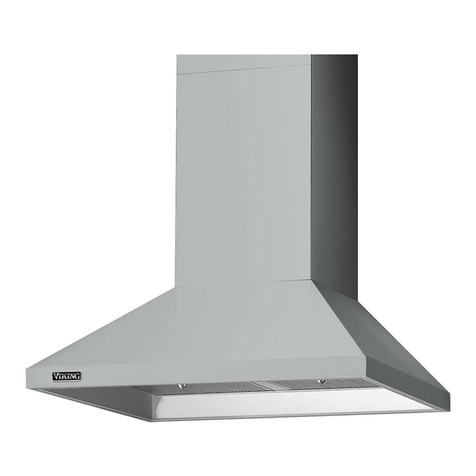
Viking
Viking DCH3042 User manual

Viking
Viking RVCH330SS User manual
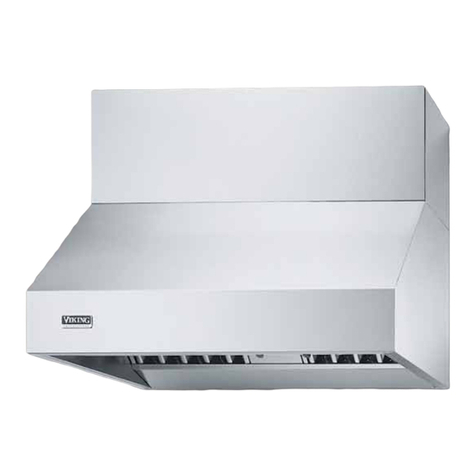
Viking
Viking DBCV3082 User manual

Viking
Viking 30-inch-RDWHC User manual

Viking
Viking VWH53012 User manual

Viking
Viking 3 Series User manual
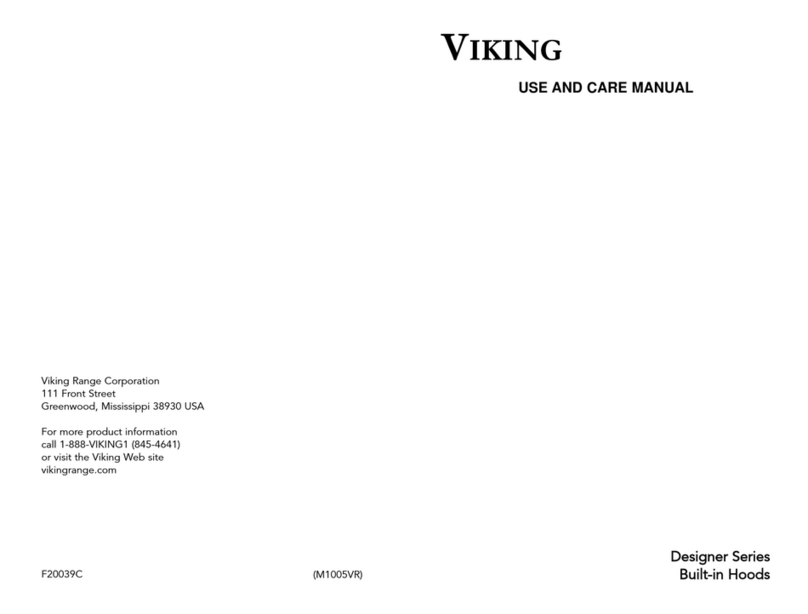
Viking
Viking DCWL3944 User manual
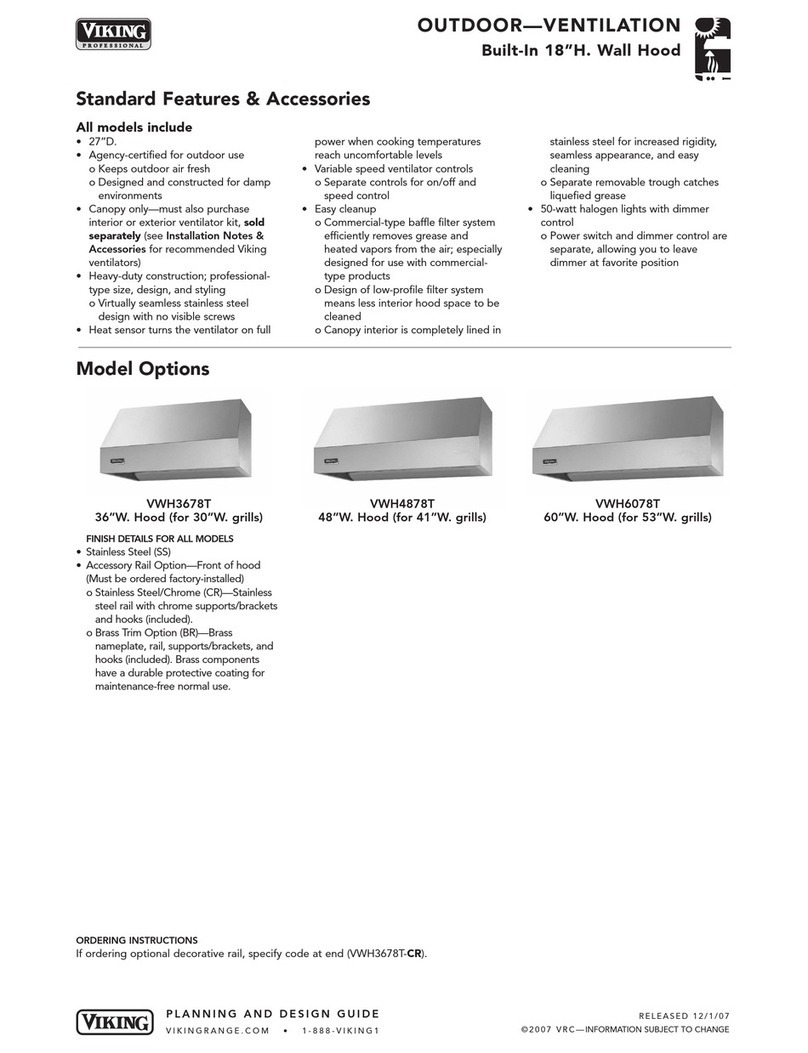
Viking
Viking VWH3678T User manual

Viking
Viking DWH3006SS User manual
Popular Ventilation Hood manuals by other brands

KitchenAid
KitchenAid KWCU380WSS0 Installation Instructions and Use & Care Guide
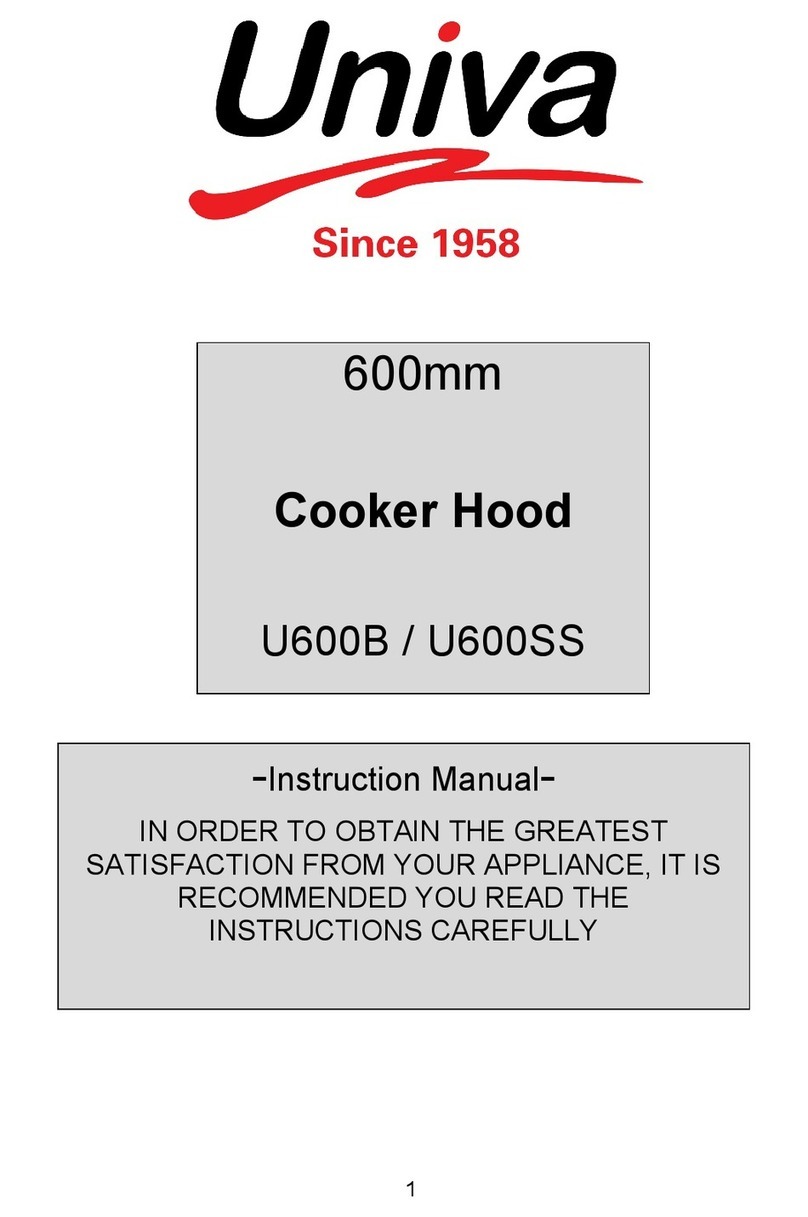
Univa
Univa U600B instruction manual
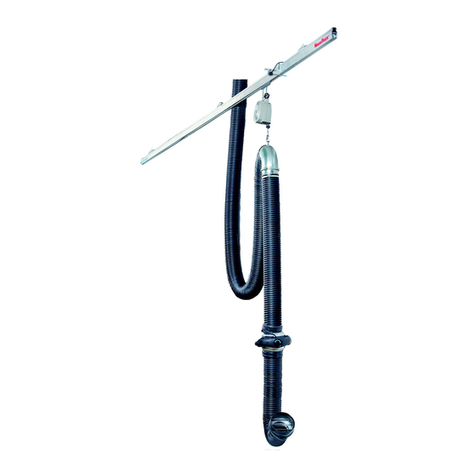
Nederman
Nederman MagnaTrack Basic instruction manual
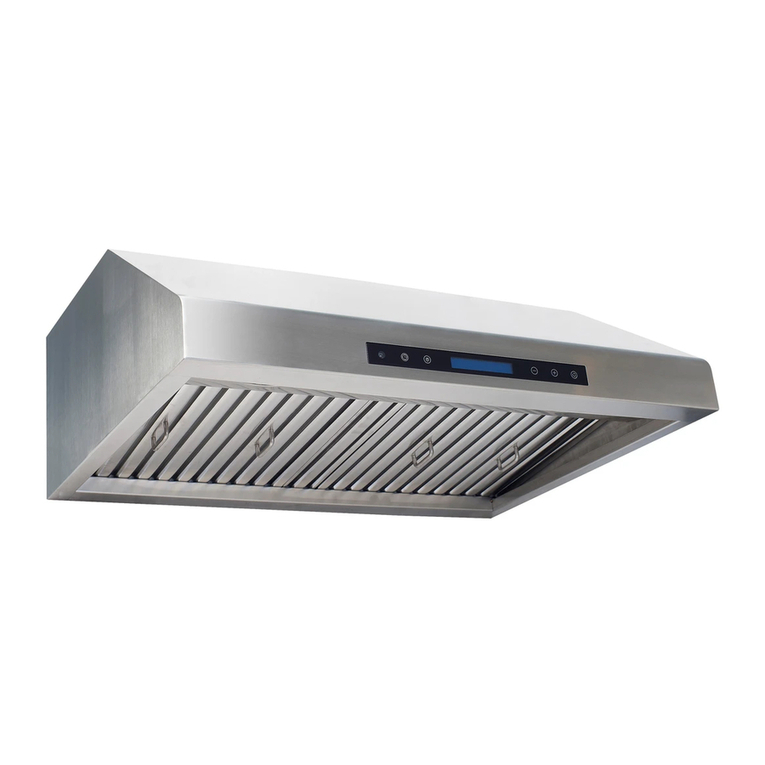
Caloric
Caloric CVP1030-SS INSTALLATION GUIDE / USE AND CARE MANUAL

GUTMANN
GUTMANN SOMBRA II 68 EM installation instructions
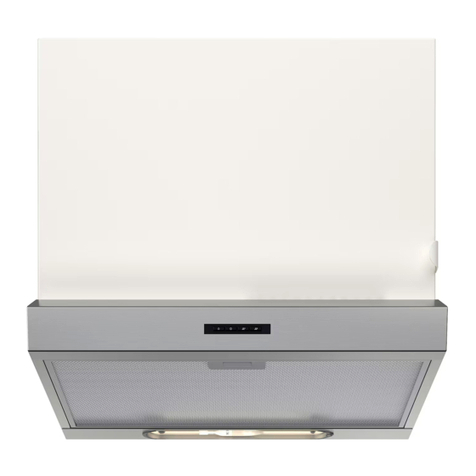
IKEA
IKEA LAGAN manual

KOBE
KOBE PREMIUM IN2630SQB-700 Installation instructions and operation manual

Elba
Elba Aria EH-A9023ST(SS) owner's manual

Whirlpool
Whirlpool WVU57UC0F Installation Instructions and Use & Care Guide

Siemens
Siemens LI63LA526 User manual and installation instructiions
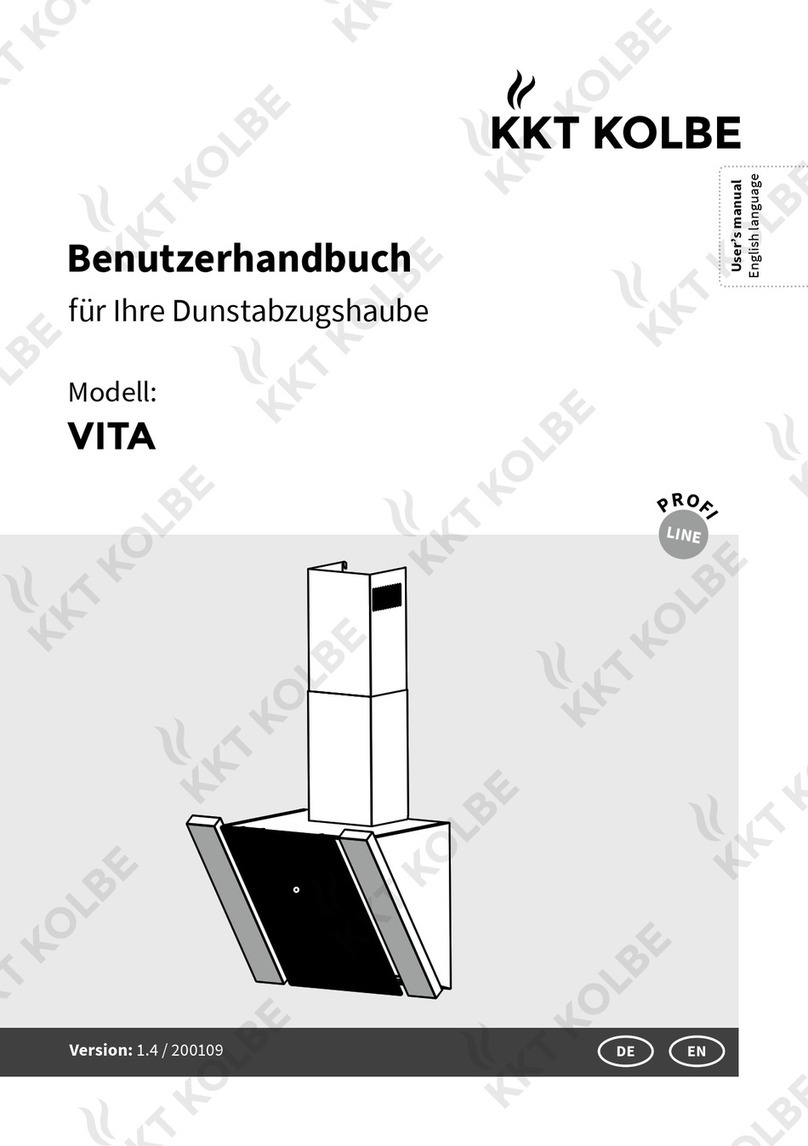
KKT KOLBE
KKT KOLBE VITA user manual
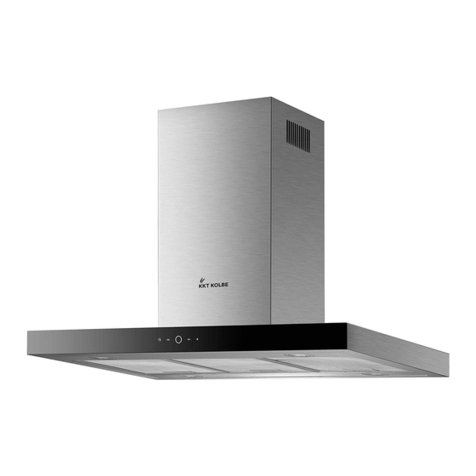
KKT KOLBE
KKT KOLBE DELTA Instructions for use

Teka
Teka DH2 ISLA 80 Series instruction manual

Broan
Broan Rangemaster 63000EX Series instruction manual

Miele
Miele DA 249-3 installation instructions
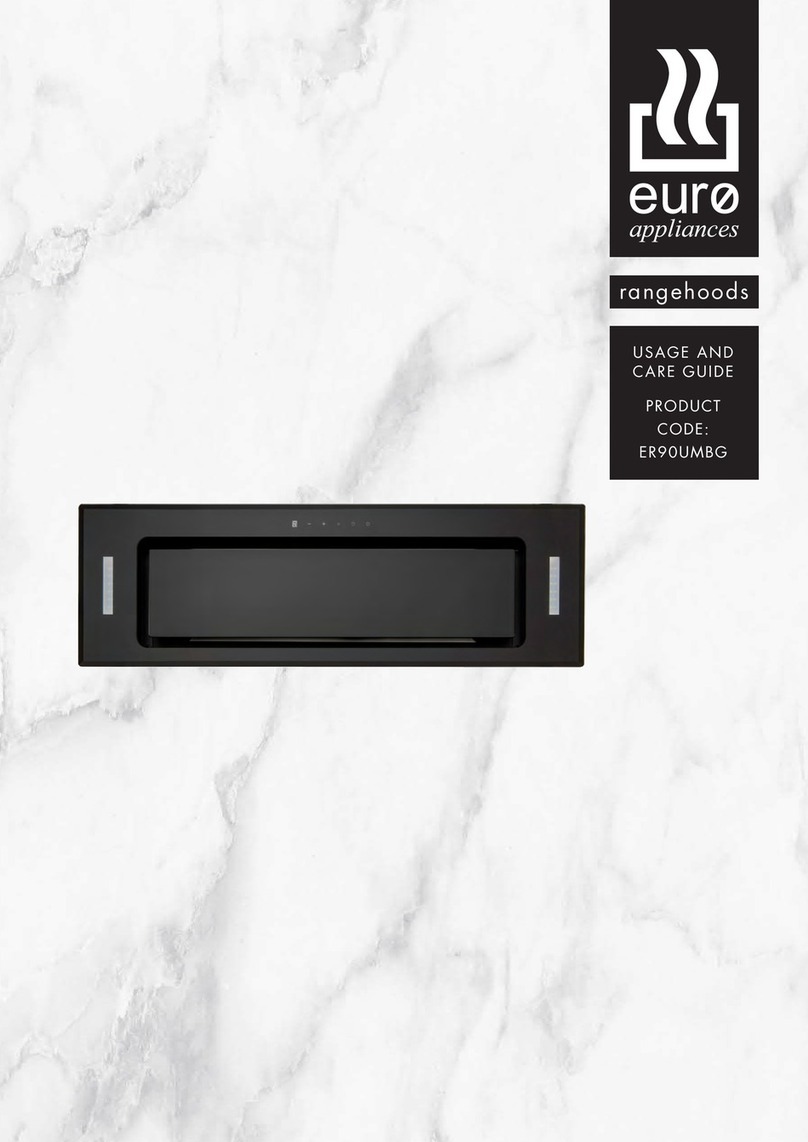
Euro Appliances
Euro Appliances ER90UMBG Usage and care guide

Beko
Beko HCA62541B user manual
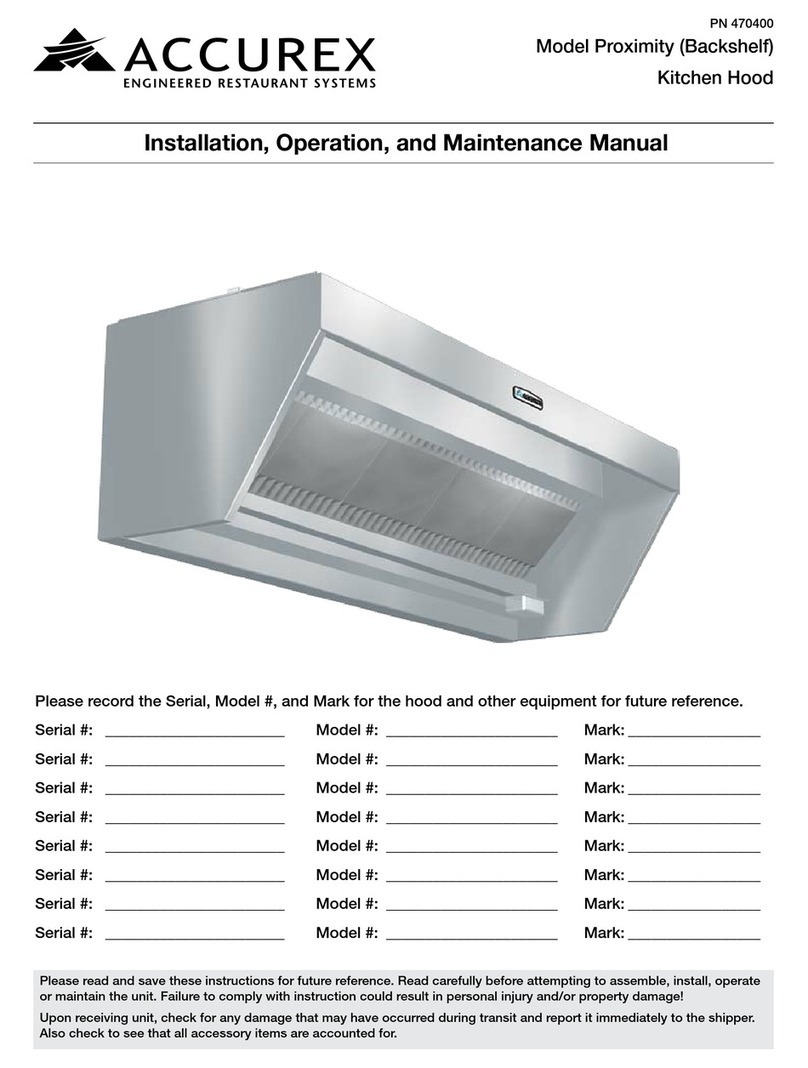
Accurex
Accurex 470400 Installation, operation and maintenance manual
